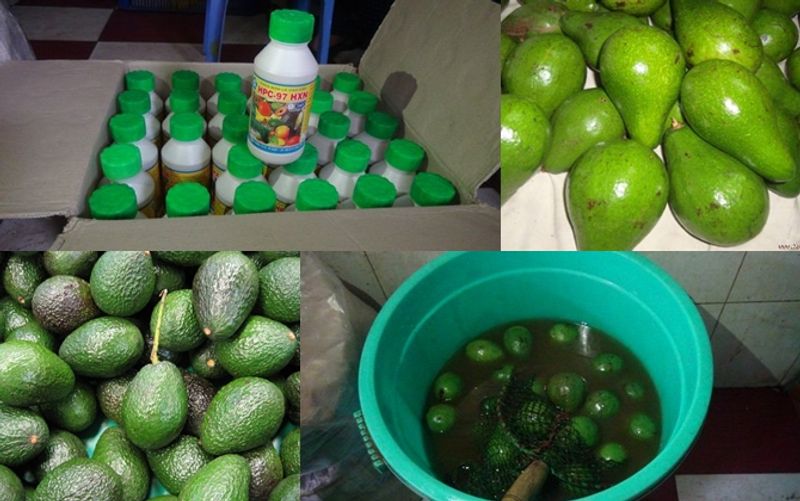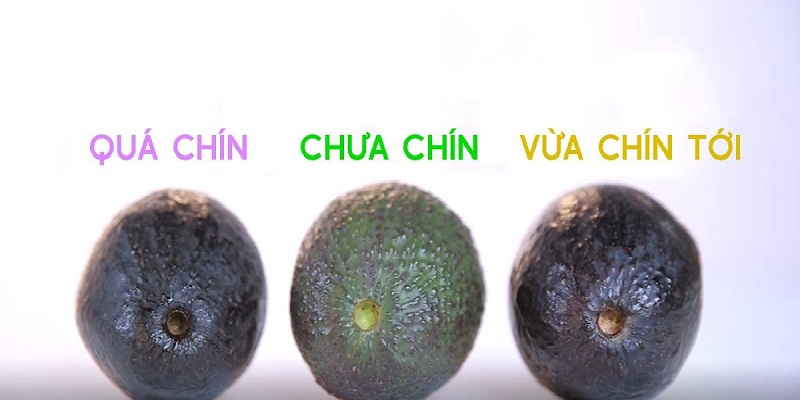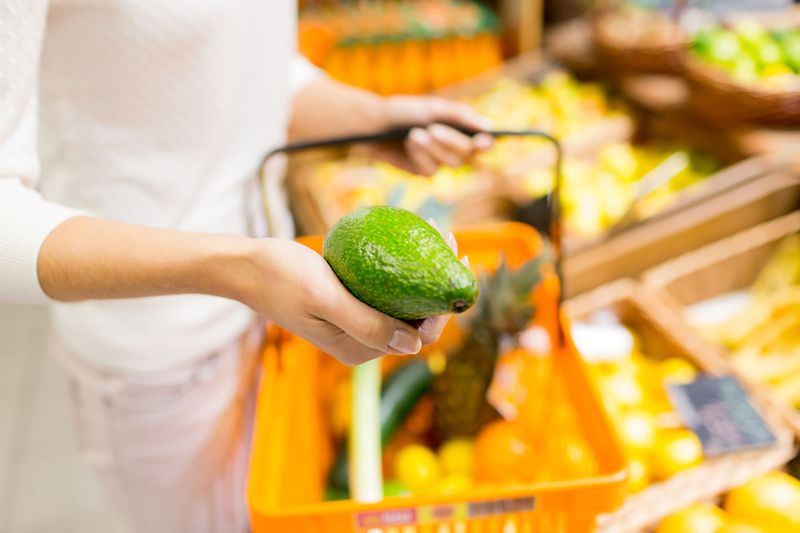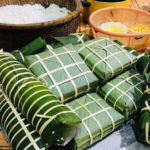Avocados are a popular fruit, but due to long-distance transportation, they often arrive bruised and damaged. Unscrupulous traders have shared methods to ‘transform’ unripe avocados into ripe ones, making dull, unappealing avocados look fresh and vibrant. This process is extremely dangerous to consumers’ health and can even lead to cancer if consumed frequently. Understanding the concerns of homemakers, the following article will guide you on how to identify avocados treated with chemicals.

1 Stem Color
For unripe avocados, the stem remains green, turning yellow as it ripens, and dark brown when it’s overripe and mushy. So, if you come across an avocado with a green stem but a soft body, it indicates that it has been soaked in chemicals to speed up the ripening process.

[captionnews]Naturally ripened wax avocados have yellow or brown stems. Green stems with soft bodies indicate chemical soaking.[/captionnews]
2 Skin Texture
The skin of a naturally ripened avocado is usually taut and slightly bumpy, feeling slightly soft when gently squeezed, and firm to hold. Additionally, you can lightly press the avocado’s stem; if it yields to gentle pressure, it’s a good choice.

3 Taste
Avocados soaked in chemicals will have a bitter taste, often mistaken for the result of scraping too close to the skin. However, with naturally ripened avocados, even if you scrape off the green part of the skin, it won’t taste bitter; instead, it will add a creamy, delicious flavor to your dish.
Some people believe that avocados that rattle when shaken are untreated and of good quality. But this only applies to certain traditional avocado varieties. For example, Booth avocados with large seeds will not rattle even when naturally ripened.
As the methods for chemically ‘transforming’ avocados become more sophisticated, it’s increasingly challenging to identify them by sight alone. Therefore, it’s essential for consumers, especially homemakers, to employ all the tips mentioned above to select avocados that are not only delicious but also safe and nutritious.
For more interesting and informative articles, visit [website URL].
8 Common Mistakes People Make with Cutting Boards
Are you using your cutting board correctly? Many Vietnamese households rely on cutting boards in their kitchen, but not everyone knows how to use them properly, especially when it comes to wooden cutting boards. Check out these 8 mistakes to avoid when using a cutting board to ensure both hygiene and safety for everyone in your family.
Is Refrigerated Leftovers Linked to an Increased Risk of Cancer?
Dr. Lam Van Man, Head of Research, Development and Technology Transfer Department of the Institute of Safety Food, has warned of the risk of food poisoning when reheating leftovers from the refrigerator. But what should we be aware of when it comes to the possibility of these leftovers causing cancer? Here, we explore what the experts have to say on the matter and offer some tips for safe eating.
Preserving Leftover Food from the Tet Holiday
With the beginning of the Lunar New Year, many households are stocking up on food to celebrate the festive occasion. While keeping food in the refrigerator is convenient, it can also be harmful to users if not done correctly. We have compiled a few tips to help ensure food remains fresh and safe to consume during Tet.



































